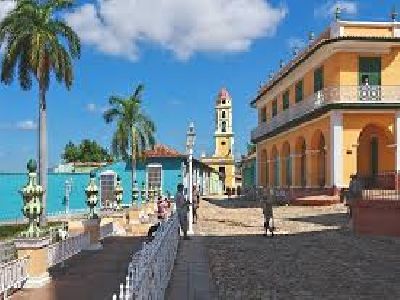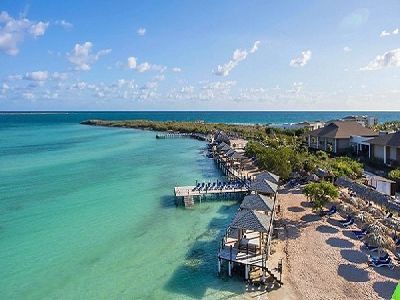Trinidad de Cuba, ancient paradise with a lot of future

Trinidad, in the central-southern portion of Cuba, is today also a city of highly preserved colonial architecture and strong traditions, starting point for nature and nautical tours.
This area stands out now, with regard to the realization of the International Tourism Fair of Cuba (FITCuba 2019) from May 7 to 11 in Havana.
Trinidad is a truly interesting place, especially for those who want to know sites linked to Cuban culture.
The old part of the town impresses with its river stones, distributed among the streets, able to recreate the look with aging and allow the imagination to move in time, as in a trip to the past.
However, now it takes new energy with renovating plans to allow a greater and better tourism, at the same time to preserve the history of the place and its innumerable charms.
The representative of the Ministry of Tourism (Mintur) in that territory, Reinier Rendón, is therefore convinced that the future of this area is bright, especially from a highly significant intelligent development.
These projects respond to the strategy of the Cuban government to promote the recreational industry throughout the country, which as such has its recent origins in 1994, a moment that marked a before and after for this sector in Cuba.
On December 23, 1413, in his transfer to the Bay of Jagua, Diego Velázquez de Cuellar arrived in the future Trinidad. Then he heard, along with 20 of his men, the first mass of the place officiated by Fray Juan de Tesin, his chaplain.
Then he named the city Manzanilla and remained there until the end of that year. The town was prosperous, but in 1518 Hernán Cortes almost depopulated it in its effort to find followers for the conquest of Mexico.
Between 1579 and 1585 it was repopulated by Spaniards and it was granted the title of city. Tobacco, hides and salted meats characterized the commerce of the city.
From 1673, sugar was the sign that populated the territory of haciendas and sugar mills, until they had their Valle de los Ingenios and the Manaca-Iznaga Tower as symbols of the sweet boom.
From this historical richness, Reinier Rendón explains that the future has much to do with the historic center, with the Manaca-Iznaga Valley and with the Ancón Peninsula, in an amalgam of traditions, culture and nature, with the thrust of nautical.
It means that the city of Trinidad has many attributes, with high heritage values, which includes six beaches, 23 diving areas, heritage and cultural institutions, and closeness to the mountains.
The city belongs to the province of Sancti Spíritus (or the Holy Spirit), which is also its border and provincial capital.
The World Heritage Award, Trinidad shares with its Valley of the Sugar Mills, and recently scored a social movement, celebrated for the 500 years of its founding.
The province of Sancti Spíritus as a whole has two thousand 914 rooms in hotels, of them, thousand 862 operated by the State and one thousand 52 in private hostels.
